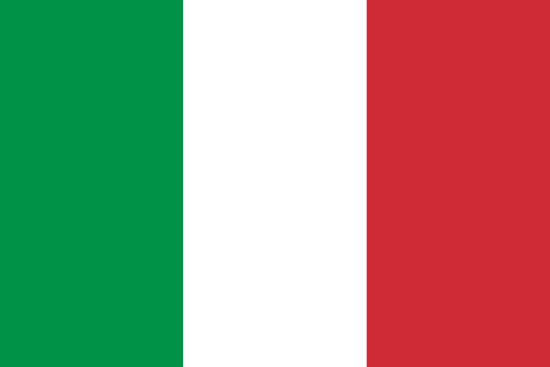"Chi va a Torino e non vede la Mole ha fatto un viaggio per niente | Whoever goes to Turin and doesn't see the Mole has wasted a trip"
About:
Turin, Italy, was founded by the Taurini Gauls around 300 BC, later becoming a Roman military camp. It flourished during the Middle Ages under the House of Savoy, becoming the capital of their kingdom in 1563. Turin was Italy's first capital city (1861-1865) after unification. The city played a key role in Italy's industrialization, hosting Fiat's headquarters. It suffered during WWII but recovered, diversifying its economy. Today, Turin is a major cultural, automotive, and aerospace hub.
When to visit:
Turin, located in the Piedmont region of Italy, experiences a temperate climate with distinct seasons. The best time to visit Turin for a holiday is during the late spring and early autumn months. This period offers pleasant weather with mild temperatures, ideal for exploring the city's numerous historical sites and cultural attractions. Additionally, these months tend to have fewer crowds, allowing visitors to fully immerse themselves in the local atmosphere.
When to avoid:
The worst time to travel to Turin, Italy on a holiday is typically during the peak summer months of July and August. During this time, the city experiences high temperatures, reaching up to 30°C (86°F) or more, making sightseeing and outdoor activities uncomfortable. Additionally, tourist attractions can be overcrowded, leading to long wait times and difficulty in accessing popular sites. It is advisable to avoid visiting Turin during this period and consider traveling during the shoulder seasons of spring or autumn for a more pleasant and enjoyable experience.
Winter (Dec-Feb)
In Turin, winter is the coldest season, spanning December to February, with temperatures often below 0°C. Snowfall is common, turning the city into a picturesque winter wonderland. Rainfall is moderate, with January being the wettest month. Sunlight is scarce, with only 2-3 hours of daylight on average. The sky is often overcast, adding to the chilly ambiance. For a visitor, an average day involves bundling up in warm clothing, sipping hot beverages in cozy cafes, and enjoying the city's indoor attractions.
"Summer (June-August)"
The warmest part of the year in Turin, Italy, typically falls between June and August. During this period, the average high temperatures range from 25°C (77°F) to 30°C (86°F). The average low temperatures usually hover around 17°C (63°F) to 20°C (68°F).
Rainfall during this period is relatively low compared to other seasons, averaging about 50-70mm per month. However, occasional thunderstorms may occur, contributing to the overall humidity which is typically around 60-70%.
The summer months in Turin are characterized by long, sunny days with an average of 8-10 hours of sunlight per day. Cloudiness is generally minimal, with clear or partly cloudy skies being the norm.
For a visitor, a typical summer day in Turin would feel warm or hot, especially in the afternoon. Mornings and evenings are cooler and more comfortable. Despite the heat, the air doesn't feel overly heavy thanks to the moderate humidity. The ample sunlight makes it a great time for outdoor activities, sightseeing, and exploring the city. However, it's always a good idea to carry a water bottle and wear sun protection due to the strong sun.
Language:
In Turin, Italy, the most commonly spoken language is Italian. However, the city is also multilingual with a significant number of inhabitants speaking Piedmontese, a Romance language native to the Piedmont region. Additionally, due to immigration, languages such as Romanian, Albanian, and Arabic are also spoken. English is commonly understood in tourist areas and among younger generations.




